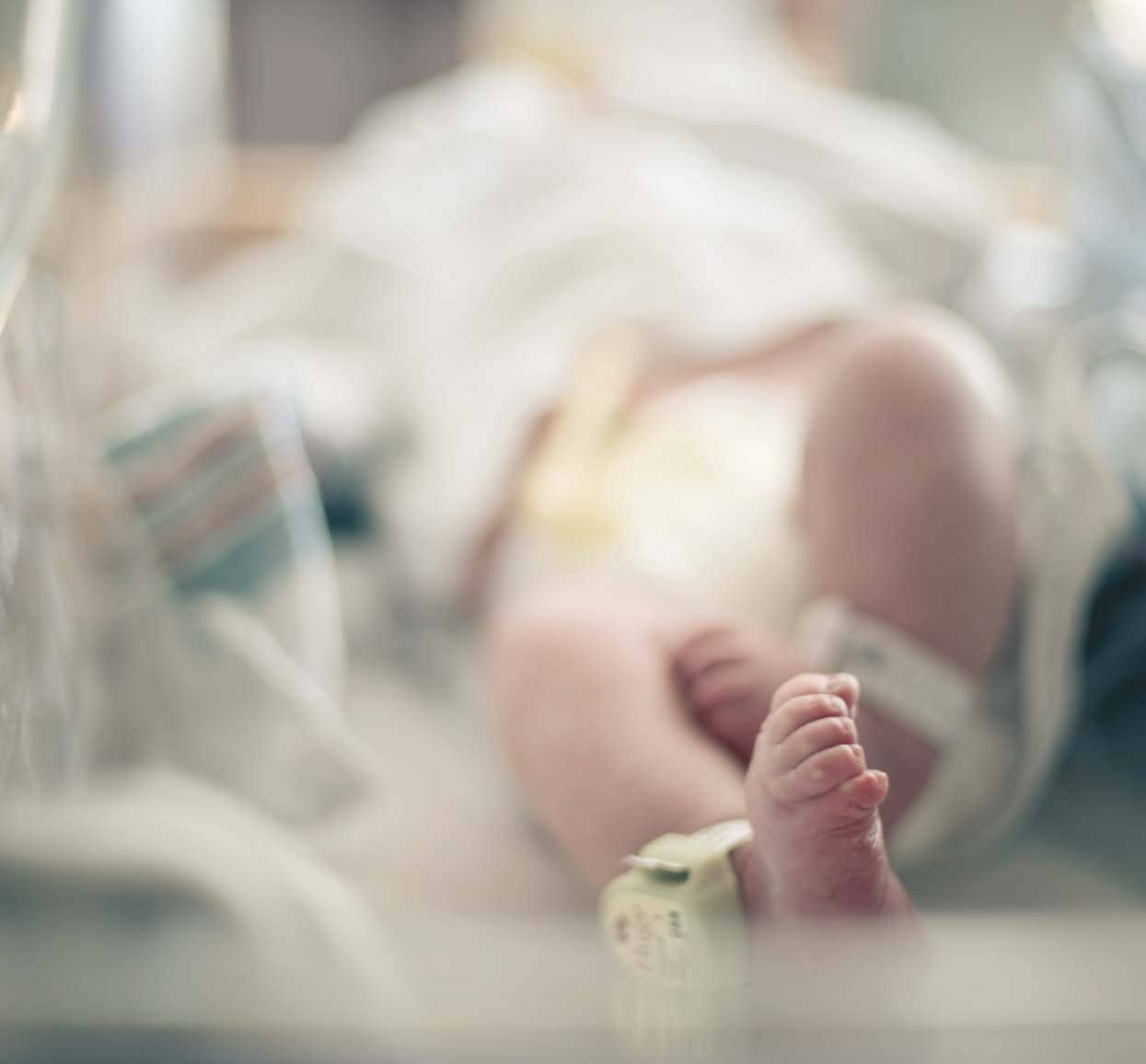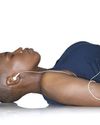
CHOKING
“All kids are at risk of choking, especially if they’re under three years old,” says Dr Zakiyya Omarjee, a paediatrician at Netcare Blaauwberg Hospital in the Western Cape. “Young children tend to put things into their mouths and have smaller airways that can block easily.”
What choking looks like
The baby suddenly coughs or gags after eating or putting something in their mouth; they gasp or wheeze; they can’t cry out or make sounds; their lips turn bluish; they become limp or unconscious.
What you can do
Call for emergency medical help. While you wait, if the baby is conscious, lay them face down on your forearm, so their head is lower than their chest. Support the baby’s head in your palm, against your thigh, and use the heel of the other hand to give five back slaps between the baby’s shoulder blades. If the object doesn’t pop out, turn the baby face-up on your thigh, keeping their head lower than their body, place two or three fingers just below the nipple line on the baby’s breastbone, and give five quick chest thrusts. Keep giving five back slaps and five chest thrusts until the object comes out or the baby faints. If the baby faints, stop the back slaps and chest thrusts and start CPR.
What you mustn’t do
Don’t do the back slaps and chest thrusts unless you’re sure the baby is choking. If the baby faints, don’t try to reach into the mouth and get the object out as this may push the object further into the airway.
How to prevent choking
“Keep the area around your baby clear of small toys and household items like beads and deflated balloons, coins and batteries, as they’re easy to choke on,” Dr Omarjee says.
Denne historien er fra October/November 2019-utgaven av Your Pregnancy.
Start din 7-dagers gratis prøveperiode på Magzter GOLD for å få tilgang til tusenvis av utvalgte premiumhistorier og 9000+ magasiner og aviser.
Allerede abonnent ? Logg på
Denne historien er fra October/November 2019-utgaven av Your Pregnancy.
Start din 7-dagers gratis prøveperiode på Magzter GOLD for å få tilgang til tusenvis av utvalgte premiumhistorier og 9000+ magasiner og aviser.
Allerede abonnent? Logg på

COVID & your child
Symptoms, treatment, vaccines and a rare condition called MIS-C is on our minds when it comes to The Virus these days.

EYES WIDE OPEN!
Breastfeeding and night wakings? Experts shine a light on a possible connection.

RAISING A BRAT? TIME FOR A RESET!
It happens, even with the best of intentions. Sometimes we go overboard trying to show our love – and then things backfire.

Prioritise REST!
The fatigue of pregnancy serves to remind you exactly what miracle your body is performing, so it’s essential to listen to it. Here’s what you can do to get through these low times.

CRYING CLUES
Discover the meaning behind your baby’s cries.

Pushing isn't all you need to do!
There are four main factors that affect the length and intensity of labour. They are known as the four P’s and work together to make each woman’s labour unique.

We're all NERVOUS about it!
Sure, it can seem scarier than labour, but with these simple tips to bathing your newborn, you’ll soon be a pro.

FOUR-FOOTED FAMILY MEMBERS
Your children and your pets – everything you’ll need to know to be a happy family.

Here's to HAPPIER beach days!
QUESTIONS & ANSWERS

TALK SO YOU'RE HEARD!
Feel like your child just doesn’t listen to you? There are some techniques you can use to improve your chances of getting through.